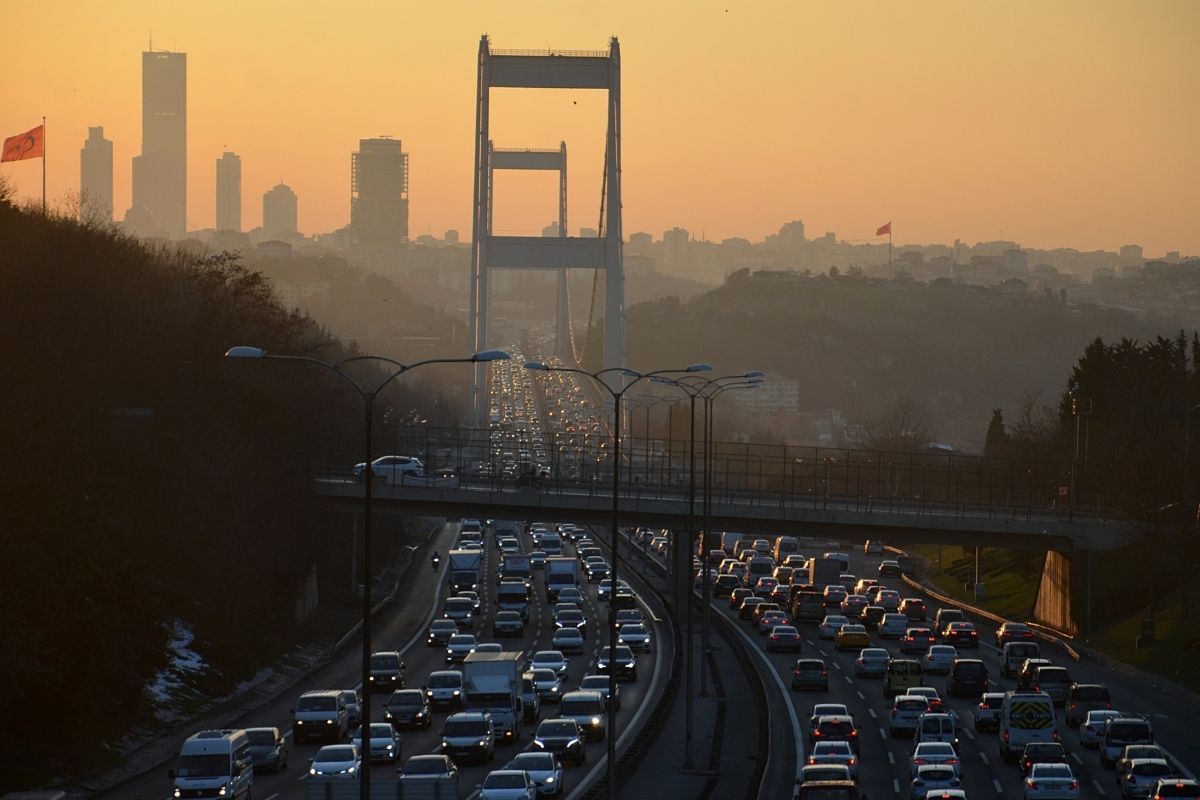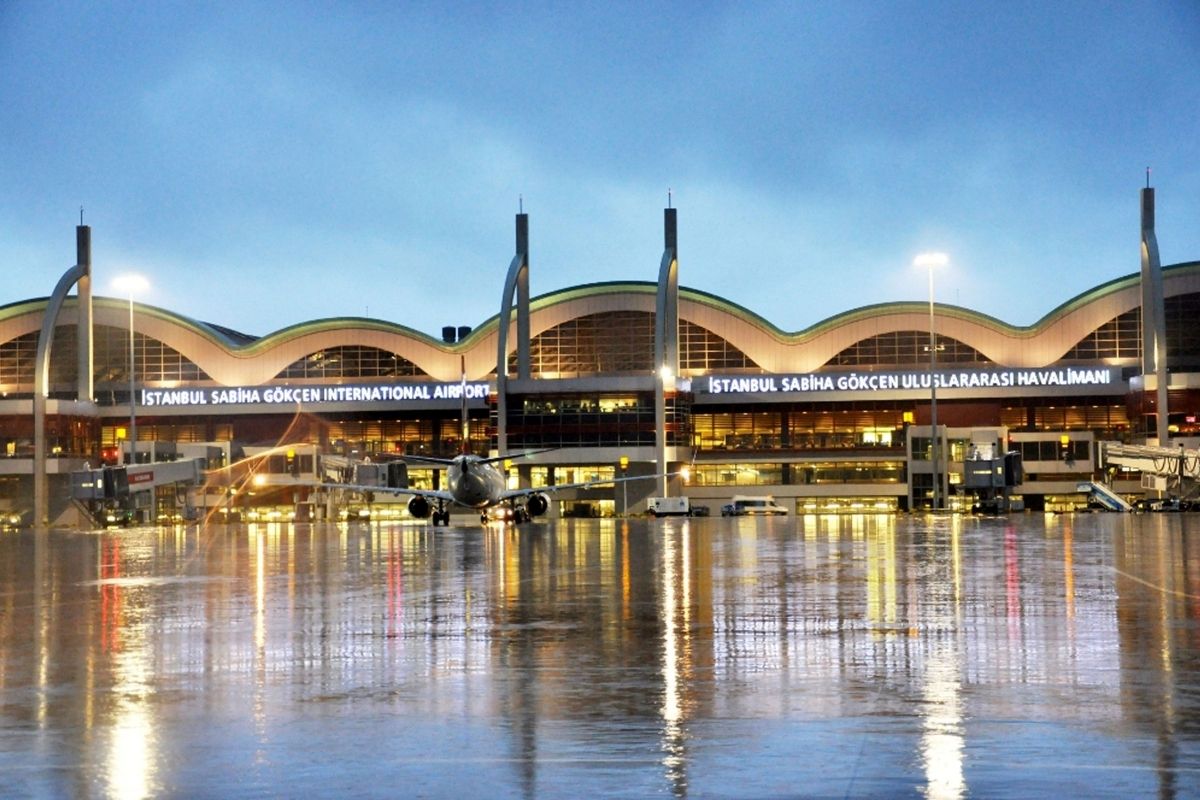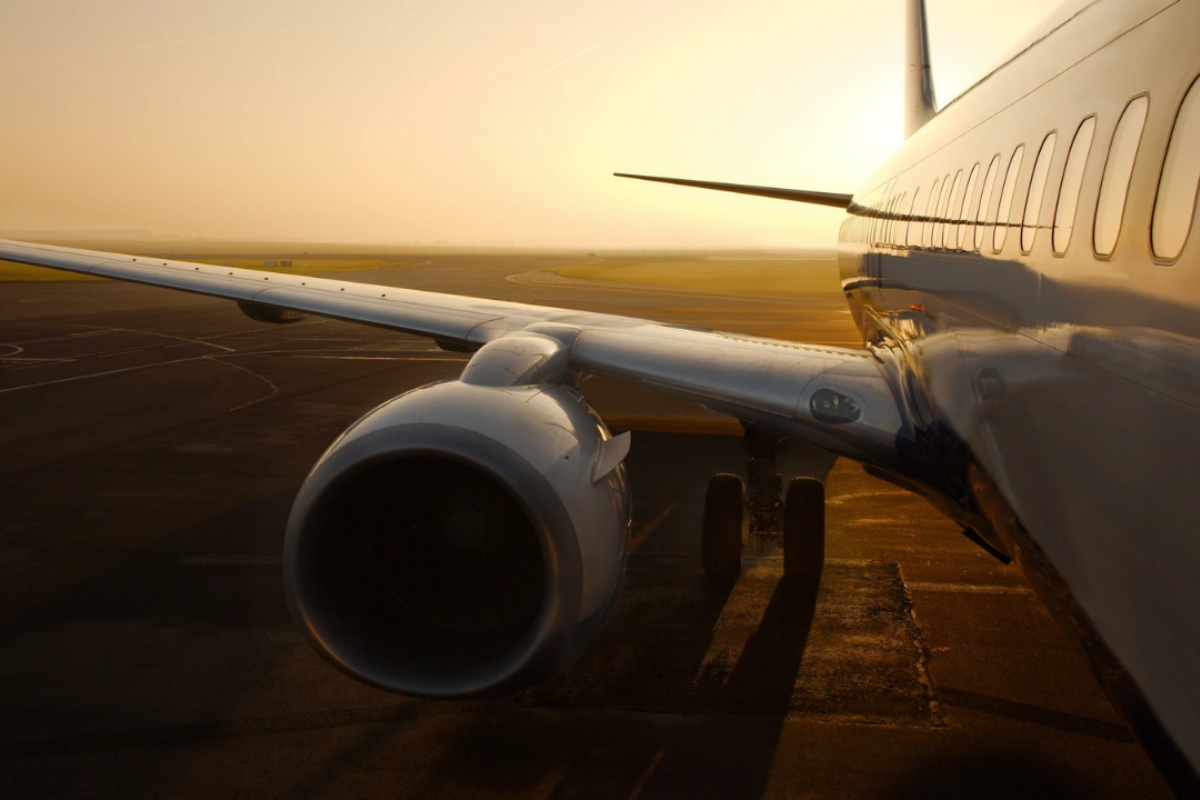High-Speed Driving and Fuel Savings: How Can You Change Your Driving Style?

Today, car owners are constantly looking for ways to save on fuel costs. With the rising prices of gasoline and diesel, one of the most common questions vehicle owners ask is the effect of high-speed driving on fuel efficiency. Driving style has a significant impact on your vehicle's fuel consumption. While driving fast may save time in the short term, it can lead to higher fuel costs and a greater environmental impact in the long run.
So, how can you change your driving style to travel more safely while saving on fuel? In this article, we will discuss the effects of high-speed driving on fuel consumption and the changes you can make for more efficient driving.
1. The Effect of Speed on Fuel Consumption
One of the biggest disadvantages of high-speed driving is the increased fuel consumption. As the car accelerates, the engine requires more power. This becomes especially noticeable at speeds above 100 km/h. The faster the car goes, the more power the engine needs to produce, which leads to faster fuel consumption. Here's the relationship between speed and fuel consumption:
- Driving at lower speeds: When your car travels at lower speeds, the engine uses less fuel. For example, traveling at 60 km/h consumes far less fuel than traveling the same distance at 120 km/h.
- Driving at high speeds: Traveling at 120 km/h requires the engine to produce more power, and fuel consumption can increase by as much as 20-25%.
At higher speeds, wind resistance also increases. This causes the car to use more energy, further increasing fuel consumption.
2. How to Save Fuel by Changing Your Driving Style
While driving at high speeds may seem attractive, especially when you want to reach your destination quickly, changing your driving style can help you save money, increase safety, and prolong your car’s life. Here are some changes you can make to improve your driving habits:
a. Slow Down Your Speed
The first and most important step is to reduce your speed. If you’re traveling close to the speed limit, even a slight reduction can make a big difference. For example, driving at 100 km/h on highways can save you 10-15% of fuel compared to traveling at 120 km/h.
b. Avoid Sudden Acceleration and Braking
Frequent acceleration and braking increase fuel consumption. Try to accelerate gently and avoid sudden braking. Instead, brake slowly when necessary, reducing energy loss and saving fuel.
c. Avoid High Engine Revolutions
Using high engine revolutions leads to higher fuel consumption. Particularly in manual transmission cars, controlling engine RPM (revolutions per minute) is important for fuel savings. Rather than driving at high RPM, aim to keep the engine within the range where it runs most efficiently. Shifting gears at the right moments will also help in reducing fuel use.
d. Be Patient and Follow Traffic Flow
Unnecessary acceleration and stopping in traffic can increase fuel consumption. Following the flow of traffic and driving in harmony with other vehicles helps you save fuel. Additionally, driving at a steady pace for longer periods is beneficial for both fuel efficiency and motor performance.
3. Improving Efficiency Through Car Maintenance
In addition to driving style, your car’s maintenance also plays a crucial role in fuel efficiency. Regular maintenance ensures that your car runs optimally and consumes less fuel. Here are some maintenance tips to help improve fuel efficiency:
- Proper tire pressure: Make sure your tires are inflated correctly. Over-inflated or under-inflated tires can negatively impact fuel efficiency and safety.
- Change engine oil on time: Clean or fresh engine oil ensures that the engine runs smoothly. Old or dirty oil makes the engine work harder, resulting in higher fuel consumption.
- Change filters regularly: Air, fuel, and oil filters are essential for optimal engine performance. Clogged filters can cause the engine to strain, leading to increased fuel consumption.
4. Using Advanced Technology and Vehicle Features
Many modern vehicles come with features designed to enhance fuel efficiency. For example, start-stop technology automatically turns off the engine when the vehicle is idle, reducing fuel consumption. Additionally, fuel economy displays can help drivers track their fuel usage and adjust their driving habits for better efficiency.
Conclusion: Slow Down and Save
While high-speed driving may seem convenient, the negative effects on fuel consumption should not be overlooked. Slowing down, driving more smoothly, and performing regular car maintenance are some of the most effective ways to save fuel. In addition, changing your driving style not only reduces your environmental impact but also extends your car’s lifespan and keeps fuel costs down.
Slowing down may help you save more money in the long run while ensuring a safer driving experience. By implementing these changes, you can enjoy a more efficient and environmentally friendly driving experience.










